The ultimate comfort dish is sarson ka saag, which makes me think of the icy winters in northern India. When I was growing up in a Punjabi household, this was a dish that was prepared on the weekends as well as for important events like winter weddings.
I had always associated the word “saag” with sarson ka saag, a traditional dish cooked with mustard leaves and a combination of fresh fenugreek leaves, spinach, and bathua (white goosefoot). Additionally, makki ki roti, a flatbread made with maize flour, and a small piece of jaggery were always served with sarson ka saag, along with a dollop of butter on top.
Saarson ka saag requires very little else, so that’s it—a full lunch, a full festive supper.
Although you can buy mustard leaves online, I had some trouble obtaining them in the UK where I live until lately. I was reminded of how distinctively tasty mustard leaves are when I came across some while traveling to a different location for work. They are slightly bitter, with a sharp, mustardy bite, and cook up to a creamy consistency. You don’t want to add too much when making them because that will interfere with their flavor.
I braise the mustard greens with simply ghee and water until they are tender, and then I add spinach to help balance out some of their astringency. To make the whole dish sing, I take the greens out of the pot, clean it, and then make a simple yet beautiful tadka with ginger, garlic, and a few chilies. I return the greens to the pot, combine them with the tadka, and then further break them up with a potato masher. For added richness, I top them with a dollop of salted butter before serving.
You’ll realize how different this dish is from the “saag” you might get at your neighborhood Indian restaurant after you’ve tasted it. The flavor is completely different, and the tasty greens have more texture and depth. The robust leaves are actually so fibrous that any sort of purée would be extremely challenging.
The real identity of Punjab is no better than mustard greens and corn bread (Makai ki roti), this gift has a lot of flavor, nutrition and hue, which is like the Punjabis, the gift of winter and spring.
I had always associated the word “saag” with sarson ka saag, a traditional dish cooked with mustard leaves and a combination of fresh fenugreek leaves, spinach, and bathua (white goosefoot). Additionally, makki ki roti, a flatbread made with maize flour, and a small piece of jaggery were always served with sarson ka saag, along with a dollop of butter on top. Saarson ka saag requires very little else, so that’s it—a full lunch, a full festive supper.
Although you can buy mustard leaves online, I had some trouble obtaining them where I live until lately. While on a business trip to another town, I came across several.
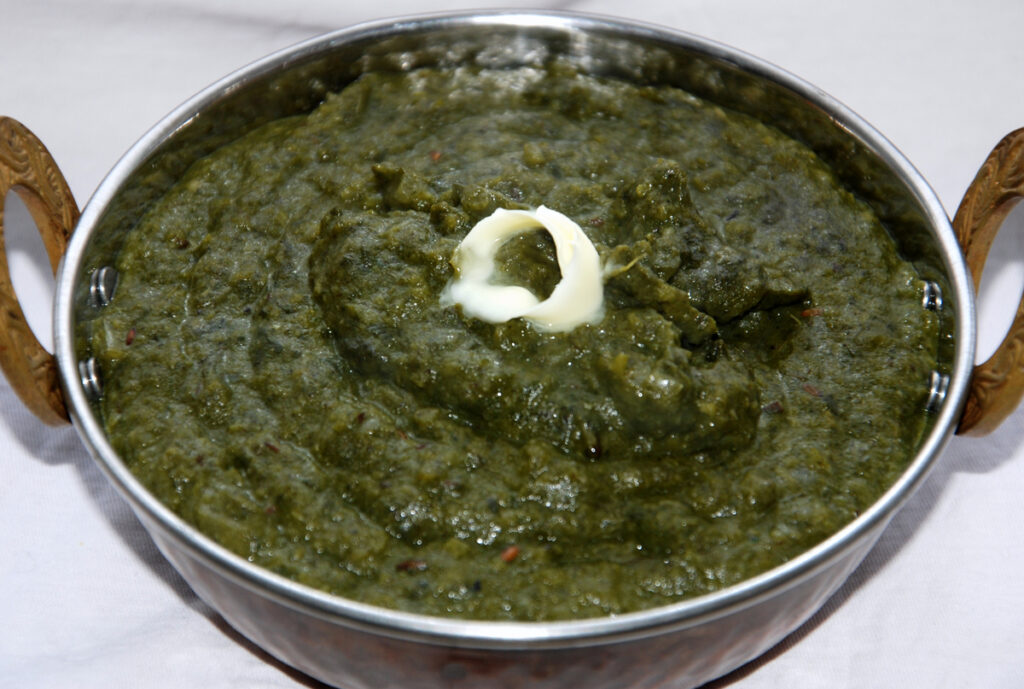
To counteract some of the astringency of the mustard greens, I add some spinach after braise them in just ghee and water until they are tender. I remove the greens from the saucepan, wash them, and then make a simple but elegant tadka with ginger, garlic, and a few chilies to make the entire dish sing. I put the greens back in the pot, mix them with the tadka, and then use a potato masher to break them up even further. I serve them with a pat of salted butter on top for extra richness.
After tasting this dish, you’ll understand how different it is from the “saag” you may get at your local Indian restaurant.
Although serving this with makki ki roti is great, you can also serve it with a stack of plain chapatis to completely savor the flavor of the mustard greens.
It’s fantastic if you can serve this with makki ki roti, but if you want to fully enjoy the flavor of mustard greens, you can also serve it with a stack of simple parathas also.
Full preparation time : 25 minutes
Cooking time : 50 minutes
For how many people : 6 people
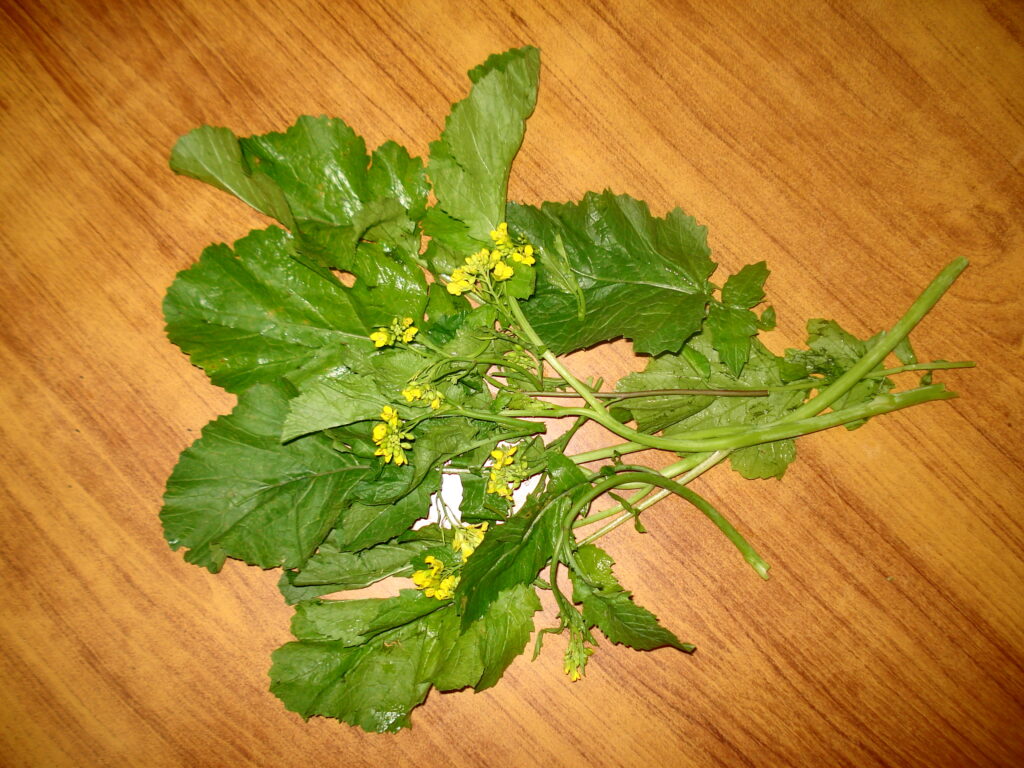
Ingredients :-
Mustard greens – 1 kg
Garlic – 3 cloves crushed
Green Peppers – 10 whole
Corn flour – 1 cup
Dried round red chilies – 8 whole
Turmeric Powder – 1 teaspoon
Water – 2-3 Cups
Butter – 1 cup
Salt to taste
For Steamed /Tarka :-
Oil – 3 tablespoons
Butter -1/2 cup
Garlic (finely chopped) – 4 tbsp
Preparation Method Step by Step : –
Chop the greens finely and soak them in water with turmeric.
Then wash and put in the pan
Then wash and put in the pan
Cook until the water is dry after adding all the ingredients except the flour and butter.
When cool, grind in a chopper
Add the greens back to the pan and boil for a few minutes.
In a skillet, combine the flour and butter and fry.
The steamed components should be fried in a frying pan before being placed on the greens and served hot.
At last, a good saag recipe that doesn’t need you to purée the greens and pressure cook them! I adore the texture that results from just cutting the leaves and cooking them slowly.
Really delicious!!
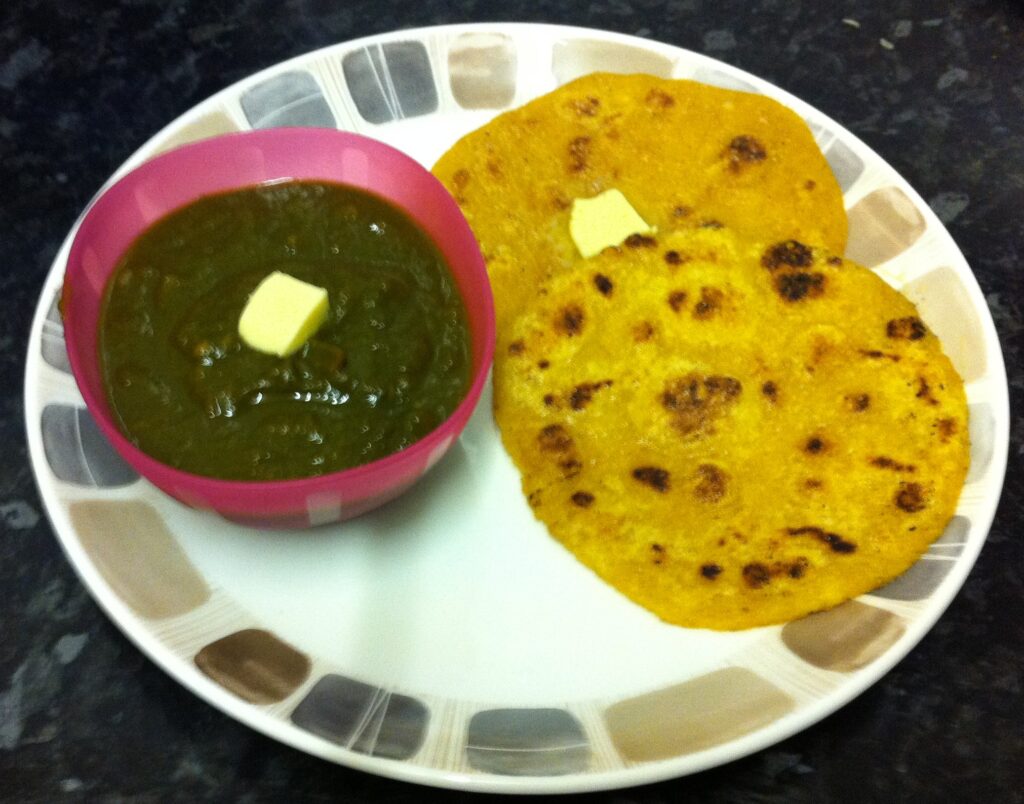
1 Bowl Sag Calories:-
Depending on the type of saag and the components it contains, a bowl of saag may have different calories:
Sarson ka saag
Each serving of sarson ka saag has 124.26 kcal, 7.53 g of carbohydrates, 4.25 g of protein, and 8.29 g of fat.
Saag
Saag contains 189 calories, 5 g of dietary fiber, 9.3 g of total carbs, 16 g of total fat, and 5.1 g of protein per serving.
Bhaji Saag
The 15 calories in a cup of saag bhaji come from 64.29 grams of raw spinach.
Desi saag frozen
There are 48 kcal, 1.3 g of fat, and 5.75 g of carbohydrates in 100 g of frozen Desi saag.
Saag Bombay Bowl
A portion of Bombay weighing 113 g
| Nutrition Facts(per serving) | |
|---|---|
| 209 | Calories |
| 19g | Fat |
| 8g | Carbs |
| 4g | Protein |






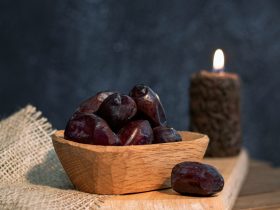



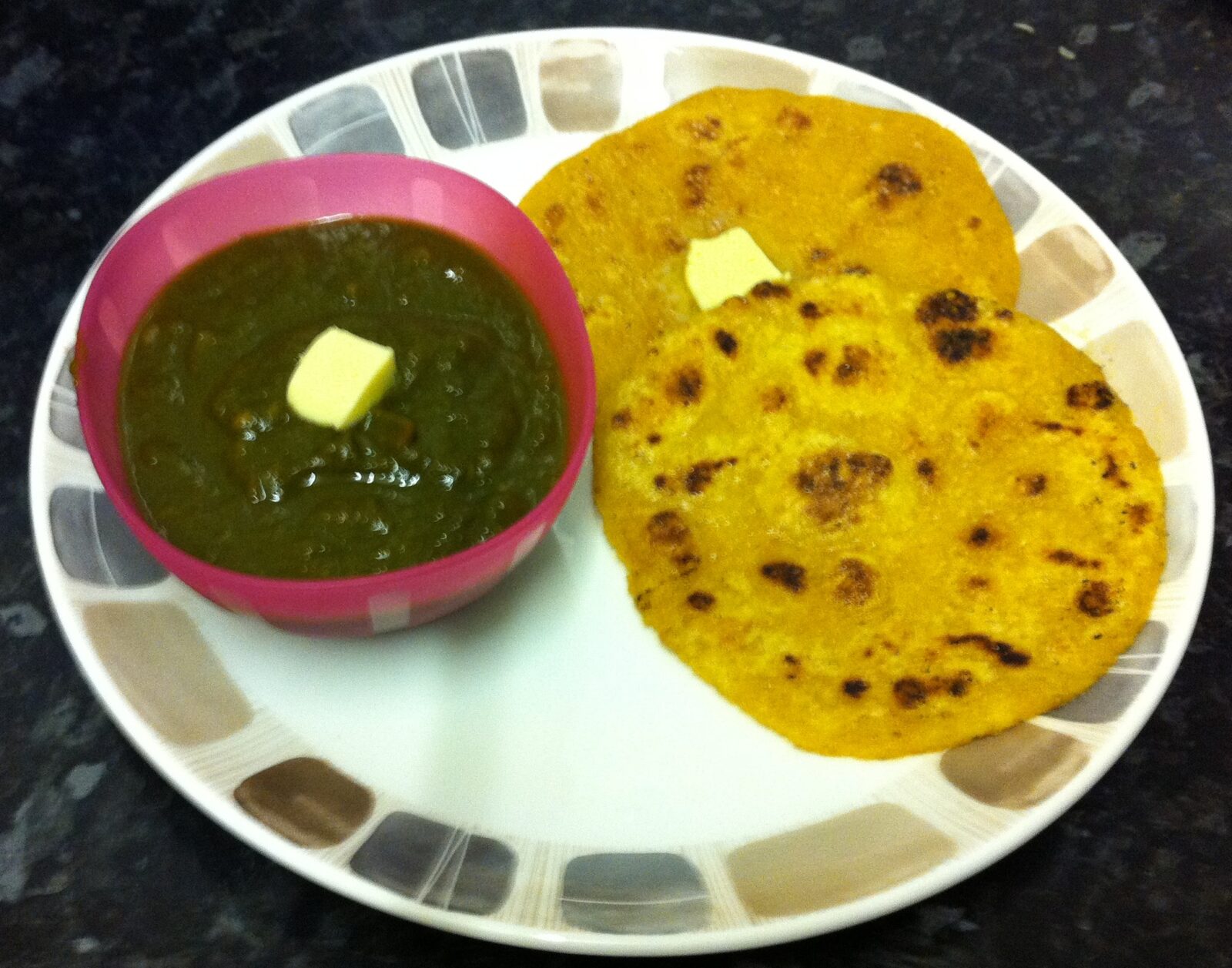


Leave a Reply